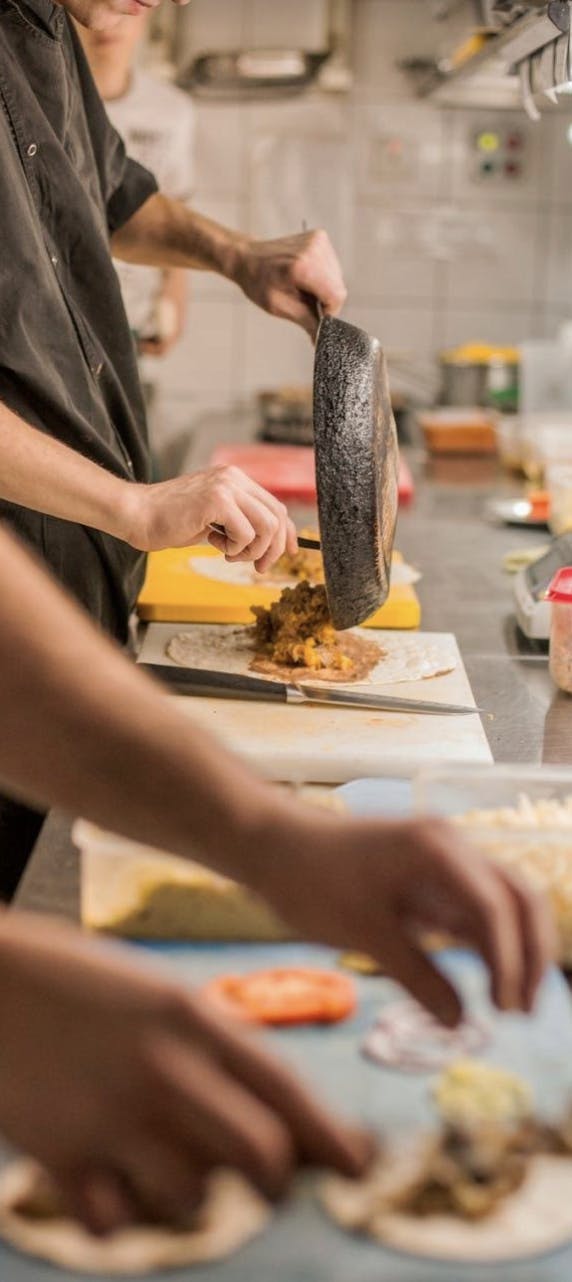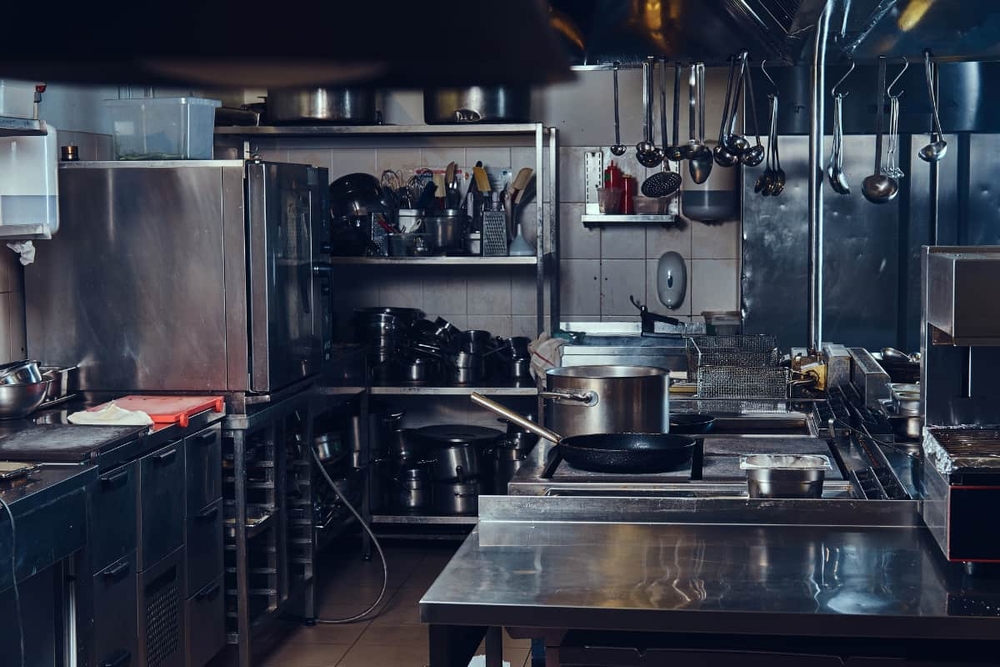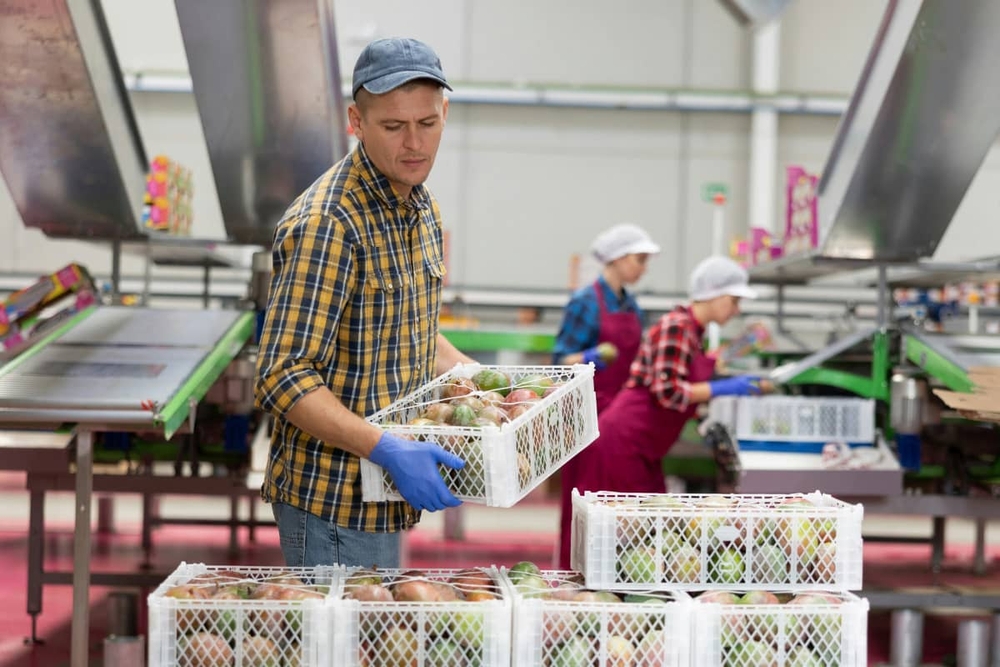Restaurant location strategy: how to choose the most profitable spot
Table of Contents
CloudKitchens
How many tacos can be delivered from a 1000sqft restaurant?
The same amount as a 200sqft ghost kitchen.
Choosing the right location is one of the most crucial decisions for a restaurant’s success. The right spot can drive customer traffic, increase brand visibility, and significantly impact profitability. However, selecting a location involves more than just finding a busy street.
A well-thought-out restaurant location strategy considers factors such as target demographics, foot traffic, competition, and accessibility. In this guide, we’ll explore how to choose a restaurant location that maximizes your business potential.
The importance of a restaurant location strategy
The success of a restaurant is closely linked to its location. A prime location ensures a steady flow of customers, while a poorly chosen spot can lead to slow sales and eventual closure. Here’s why a solid restaurant location strategy is essential:
Visibility and foot traffic
A high-traffic location naturally increases brand exposure and attracts potential customers. Restaurants situated in areas with steady pedestrian movement, such as shopping districts, business hubs, or entertainment centers, have higher chances of drawing in spontaneous diners. Locations with prominent signage, easy access, and good lighting further enhance visibility and appeal.
Proximity to target audience
Choosing a location that aligns with your target demographic significantly impacts success. Whether catering to office workers, students, families, or tourists, placing your restaurant where your ideal customers frequently enhances convenience and repeat business. For example:
- Fine dining restaurants thrive in upscale neighborhoods or business districts with high-income professionals.
- Fast-casual and quick-service restaurants perform well in high-traffic urban areas or near colleges and office buildings.
- Family-friendly restaurants benefit from residential areas and community-centric locations.
Competitive positioning
The restaurant’s placement relative to competitors plays a critical role in its market performance. Being too close to direct competitors can lead to saturation, but the right positioning can also create opportunities. Consider:
- Clustering near complementary businesses: Restaurants near movie theaters, shopping malls, or fitness centers can benefit from shared customer bases.
- Understanding market gaps: If an area lacks a specific type of cuisine or dining option, positioning your restaurant there can meet an unmet demand.
- Differentiation from competitors: A unique offering, such as a niche menu or themed experience, can make your restaurant stand out even in a competitive area.
Read more: 5 important elements for restaurant branding
Operational efficiency
Beyond attracting customers, the right location enhances daily restaurant operations, impacting everything from supply chain management to employee convenience. Key factors to evaluate include:
- Accessibility for suppliers: A location with easy access to major roads and storage facilities reduces delivery delays and logistical costs.
- Staff recruitment: Proximity to residential areas or public transportation ensures a reliable workforce.
- Parking and transport options: Adequate parking and accessibility by car, bike, or public transit improve customer convenience, influencing their decision to visit.
A well-planned restaurant location strategy is a foundation for long-term success, balancing customer convenience, competitive advantages, and operational efficiency. Making an informed choice ensures steady growth and business sustainability.
Read more: Engaging local diners: A guide to restaurant geomarketing
Key factors to consider when choosing a restaurant location
1. Understanding your target market
Before selecting a location, you need to know your ideal customers. Conduct thorough research on:
- Demographics: Age, income level, occupation, and lifestyle habits of people in the area.
- Consumer behavior: Dining preferences, average spending habits, and peak dining hours.
- Local trends: Popular cuisine types and customer expectations in the region.
By understanding your audience, you can position your restaurant in an area where demand is high for your type of cuisine and dining experience.
2. Analyzing foot traffic and visibility
A high-traffic location doesn’t always mean high profitability. Consider:
- Pedestrian and vehicle traffic: Observe peak hours and assess potential customer flow.
- Nearby businesses: Being near offices, shopping centers, or entertainment hubs can increase traffic.
- Visibility: Ensure that your restaurant is easy to spot from the street and has adequate signage.
3. Accessibility and parking
Customers should be able to reach your restaurant conveniently. Key considerations include:
- Public transport: Being near bus stops, train stations, or bike routes enhances accessibility.
- Parking availability: Lack of parking can deter customers from dining at your establishment.
- Delivery logistics: If you offer food delivery, ensure smooth pickup and drop-off for drivers.
4. Competition and market saturation
Understanding your competitors can help you find a strategic advantage. Research:
- Direct competitors: Restaurants offering similar cuisine or dining experiences.
- Market gaps: Areas underserved by specific food offerings.
- Competitive advantage: Differentiation strategies like unique menu items, ambiance, or pricing.
5. Real estate costs and lease agreements
Rent is one of the biggest expenses for any restaurant. Consider:
- Affordability: The cost should align with your projected revenue.
- Lease terms: Understand rental agreements, renewal clauses, and hidden costs.
- Long-term viability: Ensure the location supports growth and expansion plans.
Best types of locations for restaurants
Not all locations are created equal. Here are some of the best places to open a restaurant:
1. Urban centers
- High foot traffic and business lunch crowds.
- Competitive but profitable if positioned correctly.
- Ideal for fast-casual and trendy dining experiences.
2. Shopping malls and retail districts
- Access to built-in customer traffic.
- Exposure to shoppers looking for dining options.
- Higher rent but steady customer flow.
3. Residential neighborhoods
- Ideal for family-friendly restaurants and casual dining.
- Lower rent compared to commercial areas.
- Requires strong local marketing efforts.
4. Near universities and office buildings
- Consistent lunch and after-work customer base.
- Great for affordable, quick-service restaurants.
- Peak sales during weekdays.
Read more: How restaurant analytics can transform your operations
Conducting a restaurant location analysis
Performing a detailed restaurant location analysis ensures you make an informed decision. Here’s how:
1. Conduct a site visit
- Visit potential locations at different times of the day.
- Observe customer flow and peak hours.
- Assess surrounding businesses and their impact on foot traffic.
2. Utilize data and analytics
- Use tools like Google Maps, heat maps, and demographic reports.
- Leverage industry reports on restaurant performance in various areas.
3. Test the market
- Open a pop-up restaurant to gauge interest.
- Partner with food delivery services to test demand before committing to a lease.
Once you’ve conducted thorough research, compare your top choices based on:
- Projected revenue vs. rental costs
- Competition level
- Growth potential
- Accessibility and convenience
Choose the location that offers the best balance of affordability, visibility, and market demand.
How CloudKitchens can help you succeed
Selecting the right restaurant location is critical, but what if you could launch your restaurant without the risks of high rent and long leases? At CloudKitchens, we offer fully equipped ghost kitchens in the best locations, allowing you to focus on what matters, delivering great food to customers.
Get started with CloudKitchens today and launch your restaurant in a high-demand location with minimal investment!
DISCLAIMER: This information is provided for general informational purposes only and the content does not constitute an endorsement. CloudKitchens does not warrant the accuracy or completeness of any information, text, images/graphics, links, or other content contained within the blog content. We recommend that you consult with financial, legal, and business professionals for advice specific to your situation.
More insights & stories
There’s more where that came from.
Get in the know and check out our additional insights



